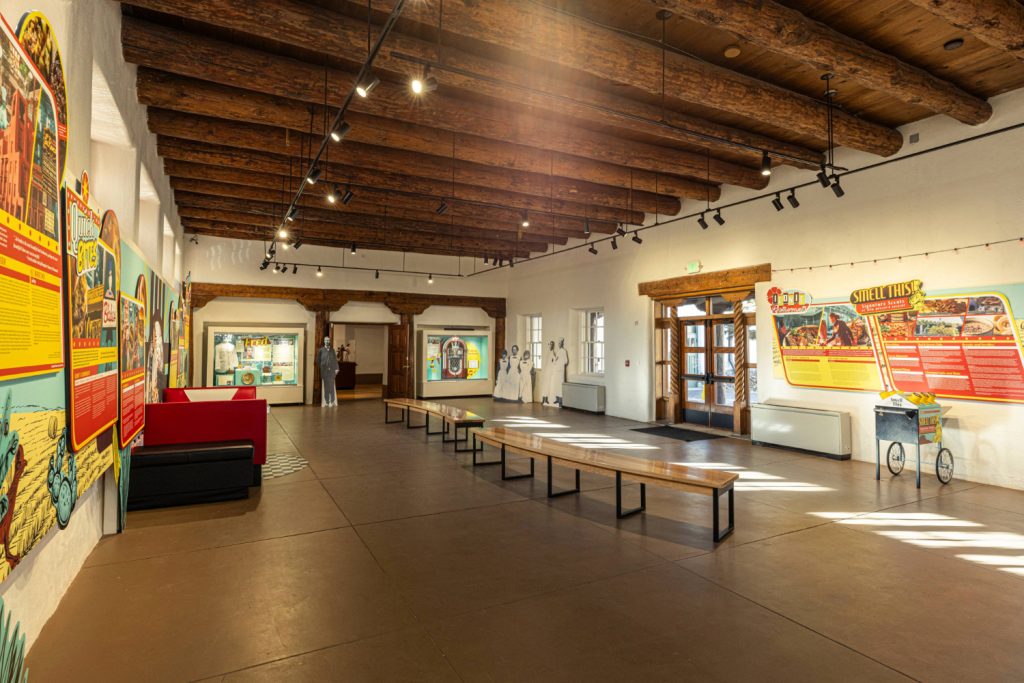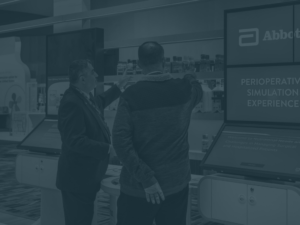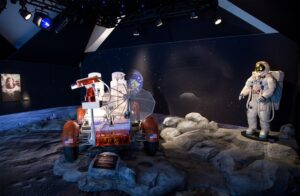At Exhibit Concepts, we believe the best experiences start with the right questions. Creating a successful museum exhibit takes more than compelling content and beautiful design, it calls for thoughtful planning, intentional storytelling, and an attendee experience mindset. While it’s tempting to dive into sketches and renderings, the most successful projects begin with stepping back and understanding the why.
From design to fabrication to installation, reflecting at the start results in an exhibit that’s not just well-executed, but truly unforgettable.
"Before anything else, preparation is the key to success."
Alexander Graham Bell
The Five Questions

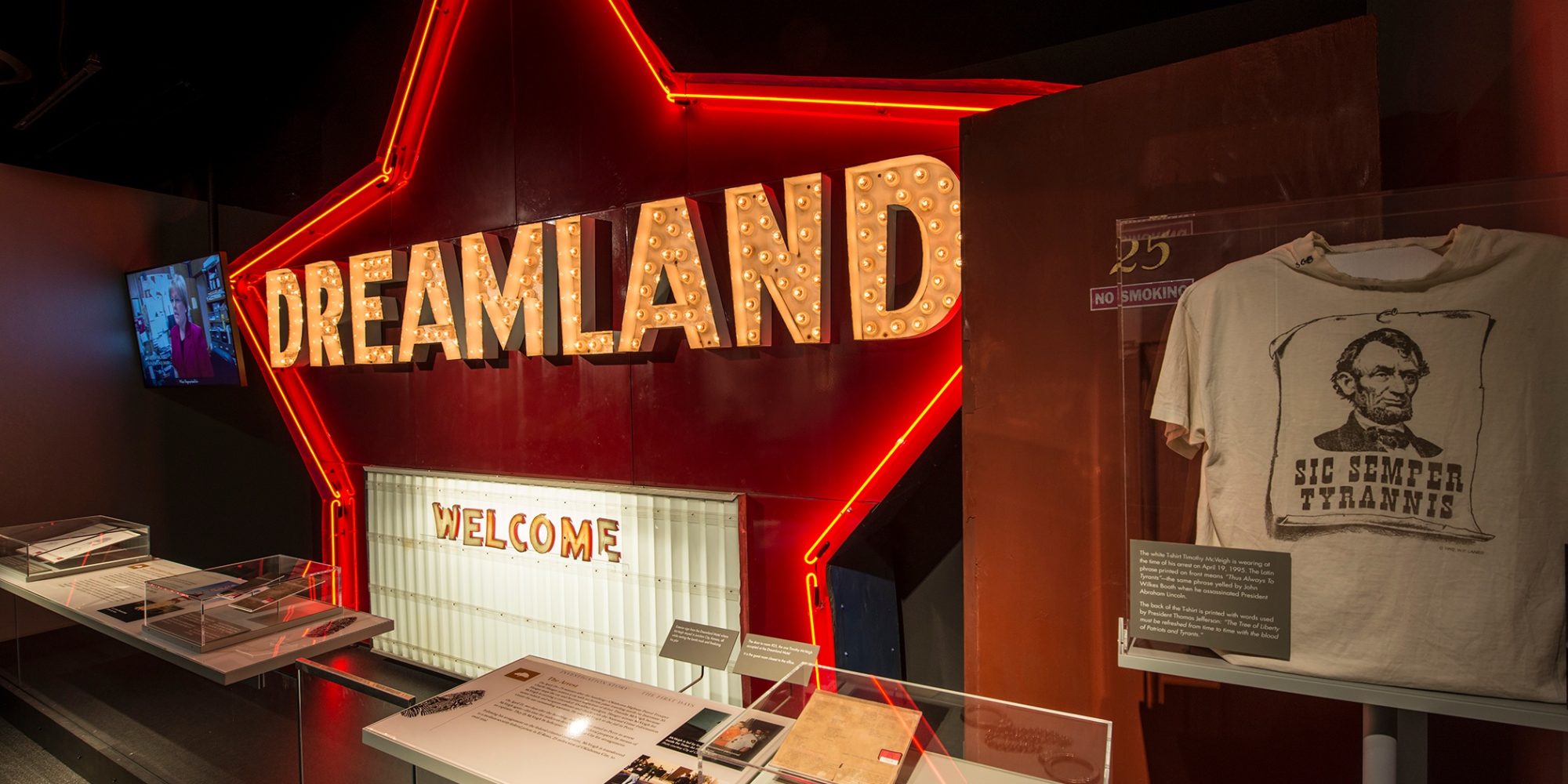
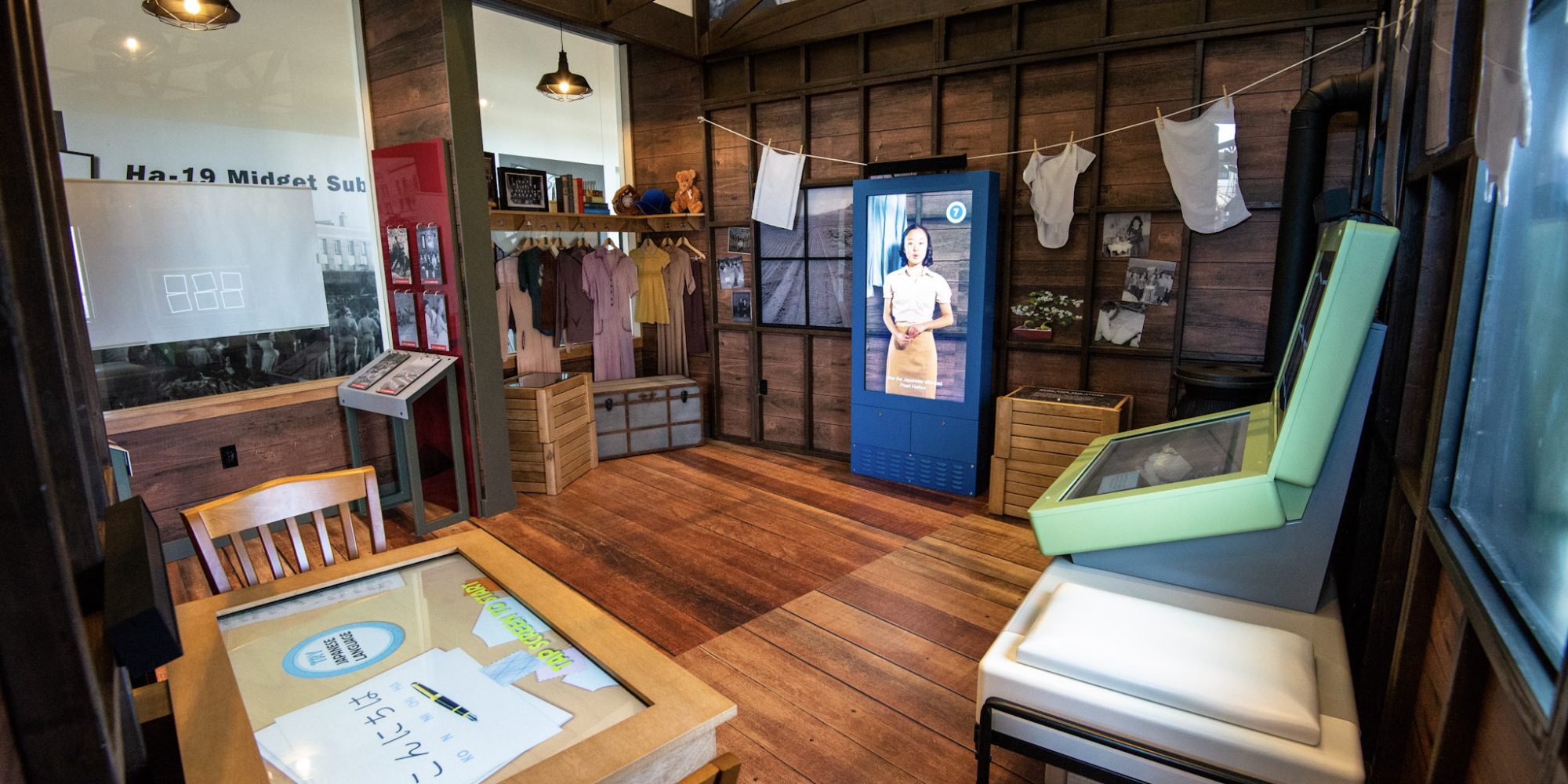
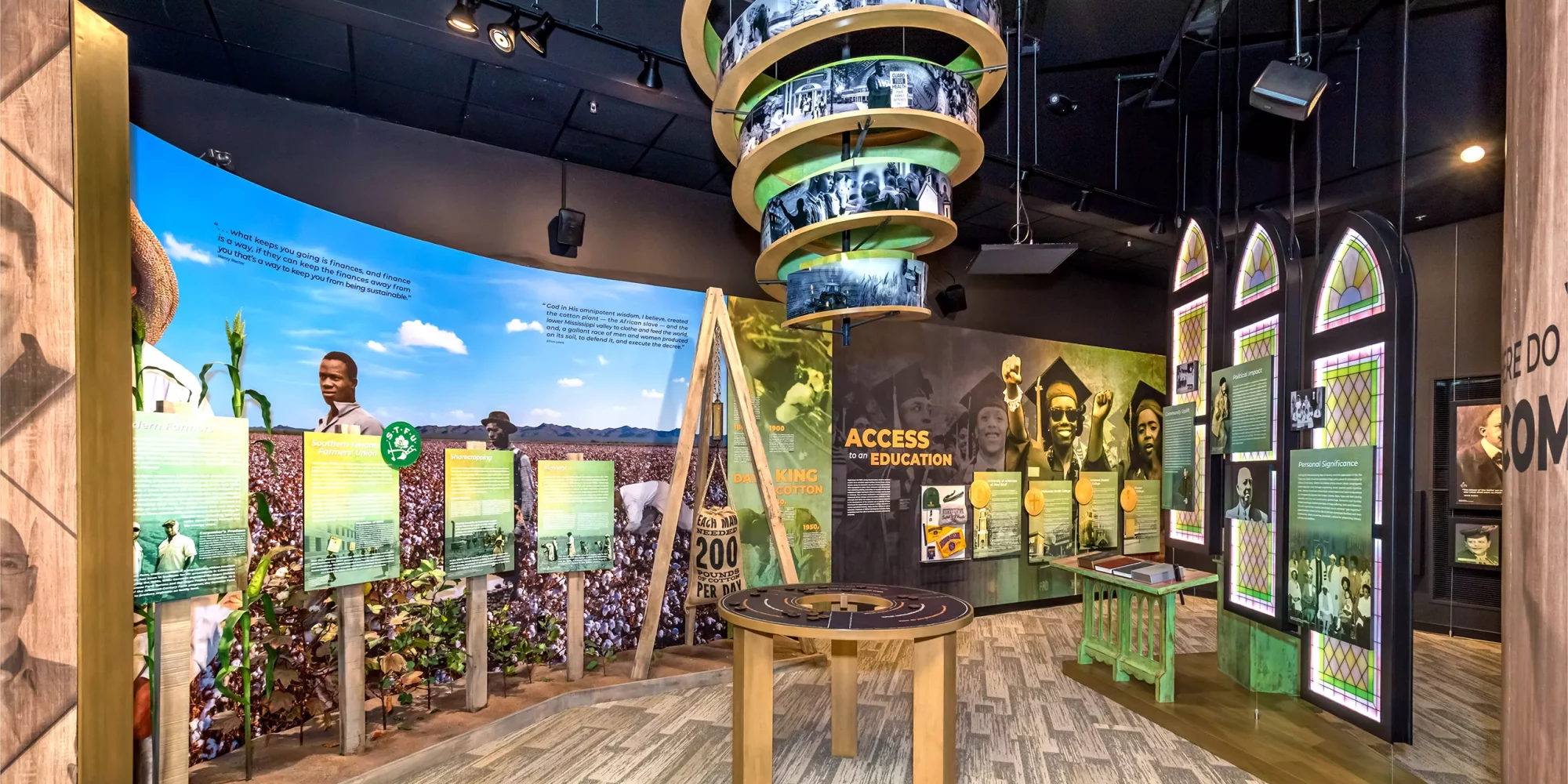
What are our goals?
Exhibits are at their best when they go beyond informing, but inspire, challenge, and even change perspectives. That’s where objectives and goals come in. Defining your desired outcomes helps guide decision making from content to interactives.
Additional questions to consider:
- What should visitors understand?
- Example: “Visitors will grasp the impact of renewable energy through interactive models.”
- What should they think?
- What should they feel?
- Example: “Visitors will gain empathy for civil rights leaders through firsthand narratives.”
- What should they do?
- Example: “Visitors will leave inspired to engage in conservation efforts.”
What story are we trying to tell?
Every unforgettable exhibit starts with a story. A story that’s rooted in purpose, aligned with your mission, and tailored to your visitors. Exhibits aren’t about putting things on display; they’re about creating a narrative and journey that sparks curiosity, emotion, and connection.
Additional questions to consider:
- What’s the central message we want visitors to remember?
- How does this story reflect our institution’s mission?
- Why does this story matter now—and why here?
- How can we simplify complex topics without losing depth?
If you’re struggling to simplify your mission and story, try crafting a one-sentence summary of your exhibit.
Who is our audience?
Understanding your audience is foundational to effective design and storytelling. An unforgettable experience is about how visitors will think, feel, and do. More than a tactic, message-driven communication and the attendee experience is a mindset.
Additional questions to consider:
- What is the age and education level of your desired audience?
- Are there cultural or language barriers to overcome?
- Does your audience have physical, sensory, or cognitive accessibility needs?
- Is your desired audience local or from out-of-town?
In addition to understanding your audience demographics, it’s also important to take into consideration how your audience learns. Visual learners are drawn to imagery and spatial layouts. Auditory learners connect through narration and sound. Kinesthetic learners thrive through interaction, and social learners prefer collaborative or group experiences. When planning an exhibit project, design for a variety of purposes. When you plan different learning styles and accessibility needs from the beginning, you create richer, more inclusive experiences.
What is our budget and timeline?
Budgets and timelines can feel limiting, but with the right planning, they’re empowering. Setting clear parameters early keeps everyone aligned and informed, which will reduce unwanted surprises.
Costs to consider:
- Content development and research
- Exhibit design and fabrication
- Technology and multimedia integration
- Marketing and outreach
- Staffing, training, and consulting
- Installation, maintenance, and evaluation
Deadlines to remember:
- Research and narrative development
- Design reviews and stakeholder approvals
- Fabrication and quality testing
- Installation and staff readiness
- Visitor launch and promotion
Even with expert project management, build a cushion. Whether materials ship late or stakeholder feedback arrives at the last-minute, flexibility keeps quality and morale high throughout the project.
How will we determine success?
Success looks different for every exhibit, but what matters most is defining it upfront. By setting clear, measurable goals you’ll stay focused on impact, not just execution.
Quantitative metrics:
- Visitor counts and engagement levels
- Interactive usage data
- Social media reach and press mentions
- Revenue from programs or gift shop sales
Qualitative feedback:
- Visitor comments and testimonials
- Staff observations
- Community response
- Media reviews
Long-term planning:
- Shifts in visitor understanding or behavior
- Continued community involvement
- Alignment with institutional growth
- Partnerships and ripple effects beyond your walls
Unforgettable Museum Experiences
In Conclusion
When done well, exhibits don’t just educate, they create lasting connections. They offer moments of discovery, spark curiosity, and invite people to see the world in new ways. By stepping back and asking these essential questions at the outset, your team builds the foundation for a more successful and meaningful experience.
The planning process isn’t just about logistics. It’s about intention. It’s about honoring your story, your audience, and your mission. At Exhibit Concepts, we’ve found that the best projects come from a balance of strategy and creativity, structure and flexibility.
As your exhibit evolves, don’t hesitate to revisit these questions. They aren’t just a checklist, they’re a compass. Whether you’re working on a temporary display or a flagship permanent installation, they’ll help guide you toward exhibits that don’t just look good, but create connections, curiosity, and conversations that last far beyond a visit.


